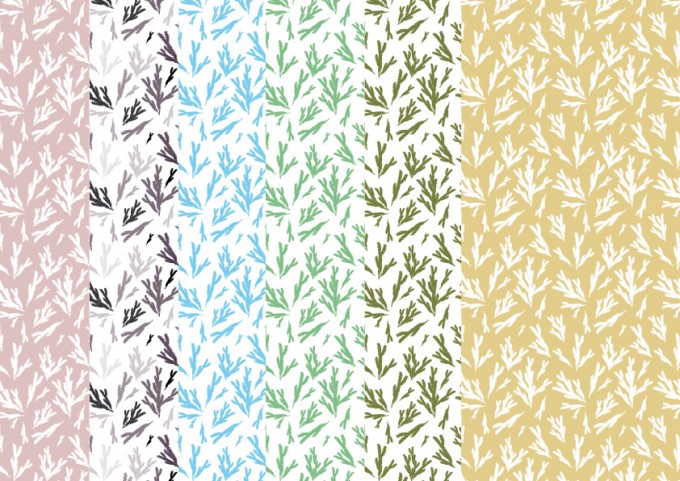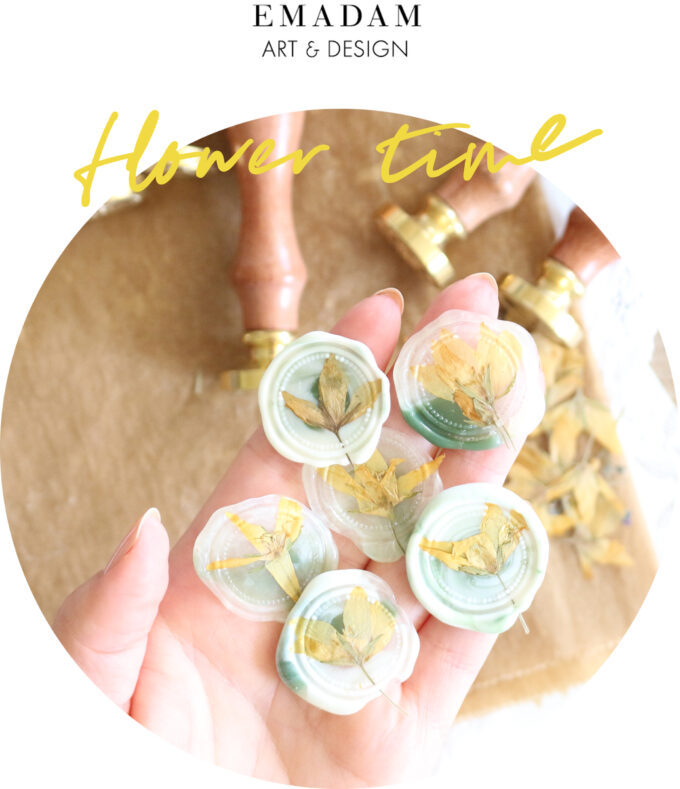
Now starts the perfect time window to gather flowers for your creative projects. Before you go out and mow your grass or work in your flower beds take a look around and see if there are any cute looking flowers, grasses or leaves that you want to gather before going on with your gardening chores. Something that would end up getting mowed off or pulled anyway. And of course you can also gather some of the flowers of plants you want in your garden – just keep in mind to leave enough for pollinators and spreading seeds.
The same approach goes for gathering flowers in the wild or public space if you don‘t have a garden or just doesn‘t have anything blooming in it. If you can: Ask for persmission and then gather responsibly.
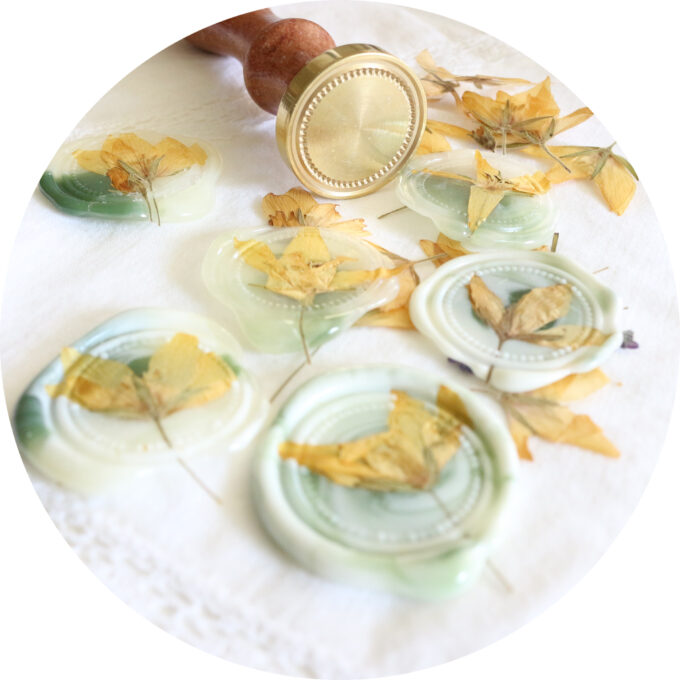
For example the yellow flowers you see in the pictures are the flowers of a garden thug that is hard to control. We have to pull a lot of it every year otherwise it would take over EVERYTHING and destroy all the variety we try to build up for bumble bees, butterflies and everyone else. Before pulling some of the plants I gathered a few flowers and put them, with some parchment paper, in a book and let them dry.
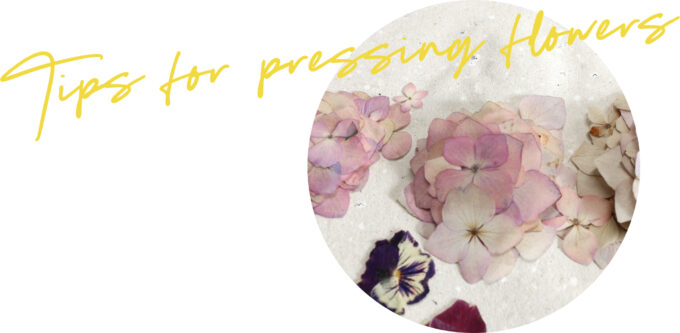
Here are some tips for you if you want
to gather and dry some flowers too:
- Gather flowers that are dry, without
rainwater, morning dew or any other kind of
moisture on them.
That makes the drying process way more difficult and also can lead to mold. - Flowers that are delicate and thin are easier to dry than flowers that are very thick. For example pansies, poppies and hydrangeas always dry up very good with lovely colors. Dahlias on the other hand tend to mold in the middle because of their thickness. However you can dry the individual petals of a dahlia and might be surprised how intense the colors are.
- When drying and pressing flowers you might think the more pressure the better. I made the experience that to much pressure is bad and flattens out everything so much that it‘s hard to work with. Especially delicate flowers. So I recommend putting enough pressure on it that it gets pressed but not so much that you can see a ghost through the dried flower. ;)
- You don‘t really need special equipment for drying and pressing flowers. I use some regular parchment paper (optional) and old heavy books – that‘s all. Just make sure to use a piece of parchment paper on top and bottom of each flower load. If you don‘t use parchment paper your books can get stained from the flowers. If you don‘t mind, leave away the parchment paper.
On top of my filled book I put a couple more books and then just let everything to dry for a week or two. Depends on the weather (with more humidity it might take longer) and what kind of flowers you‘re pressing.
Other options for drying and pressing are a bookpress (careful with the pressure here), some stacks of wooden boards, cardboard or you get one of those fancy flower presses which is nothing else than wooden boards with some finnboard in between and a „belt“ around it that you use to apply pressure. I never tried one of them so I can‘t tell you how good they work. But I‘ve seen other people use them and they get the same results as I with my books so decide for yourself. And if you need your pressed flowers in a short time put your flowers between two sheets of waxed paper, put a tea towel on top and use your iron to dry them. You may have to play around with the settings to get it right. Too low and it won‘t work, too high and you might get brown/dark spots. So start somewhere in the middle and adjust from there.
- And the last tip: Not every flower might come out the way you think. Some completely change colors (for better or for worse). I had that happening with tulip petals and poppies and they looked absolutely gorgeous. Some might loose a lot of their color and only have a pastel color left and some might get brown and ugly. You can sometimes prevent the last one from happening when being careful when you pick them but not every flower works the same.
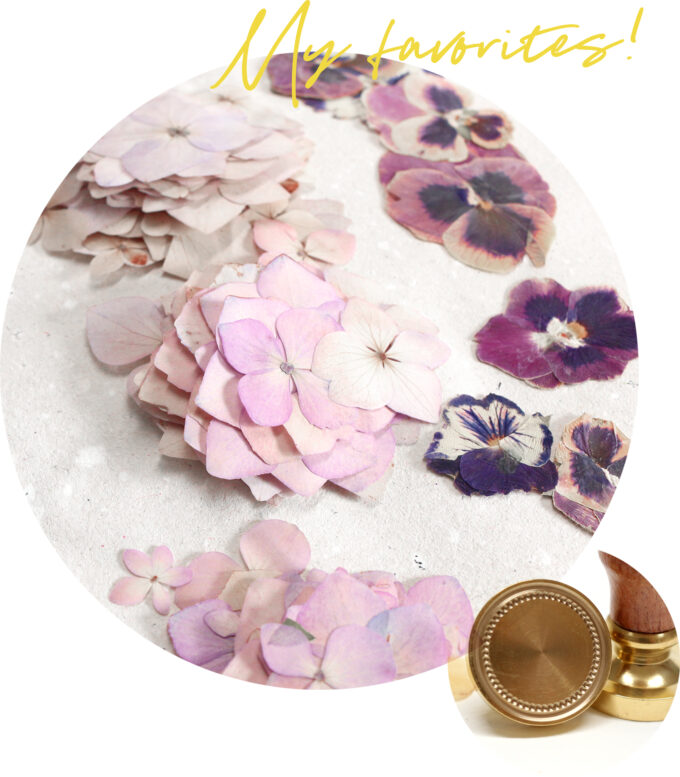
Some of my favorite flowers to press and use in projects are: Pansies, daisies, hydrangea, sweetpeas, poppies, anemones, forget-me-nots, cosmos, babies breath, delphinium, calendula.
And by far my favorite wax seal to combine them with is my „dotted circle“ wax seal. I designed it especially for something like this: where you want to show of something in the middle but still want some imprint of the wax seal itself. Like the design of the wax seal is framing the flower in the center.
I hope you enjoyed this little field trip into the world of pressed flowers and I would love to see your creations when you try it out!
I wish you a great day and a happy weekend!
Much love,
Franziska

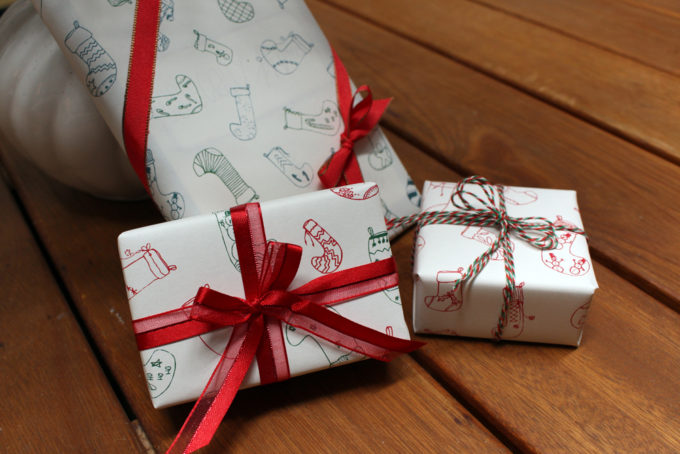
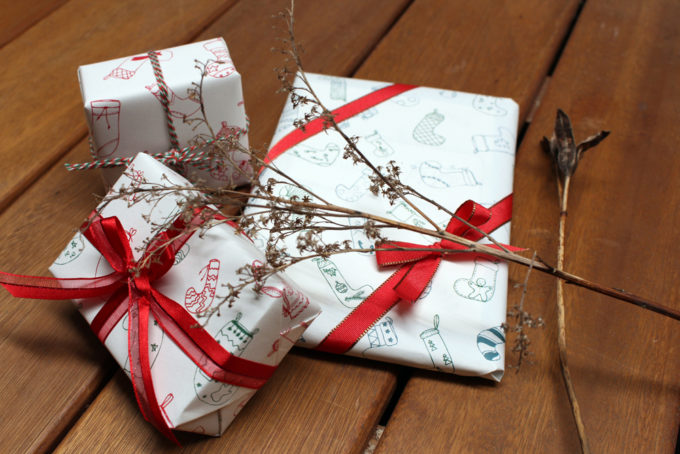 In addition to a neutral
In addition to a neutral 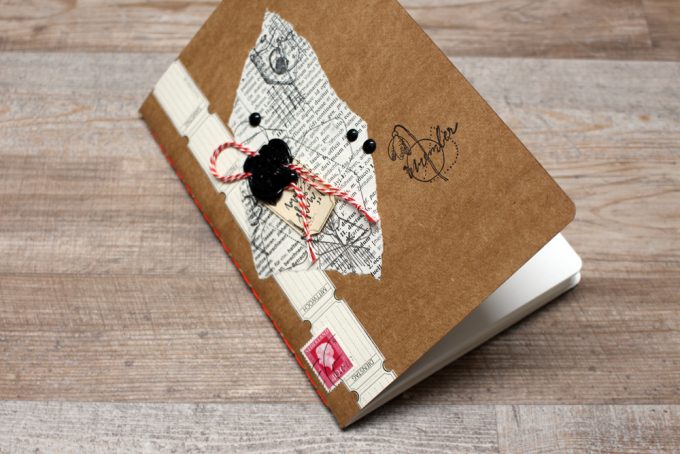
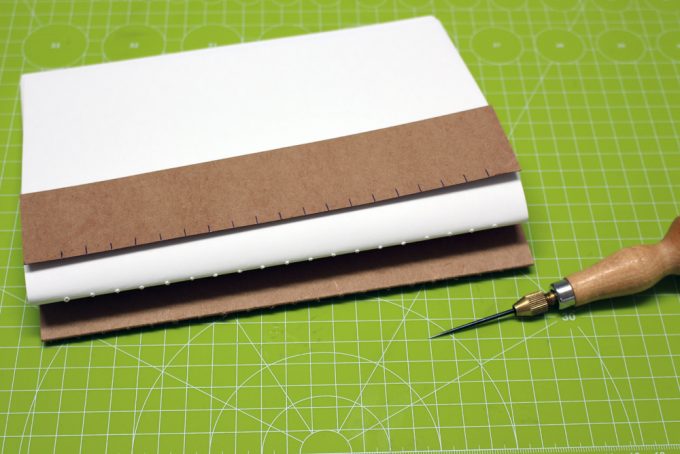
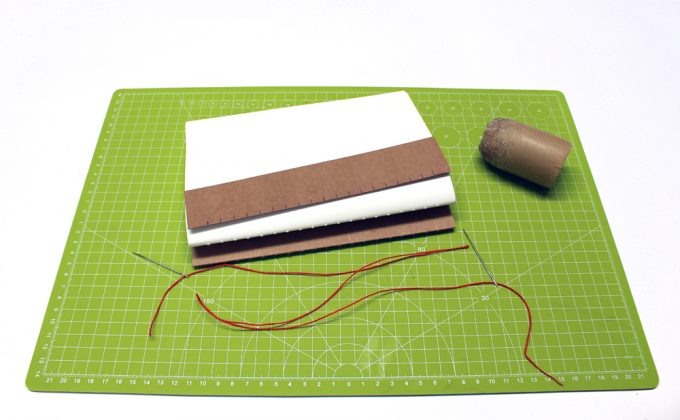
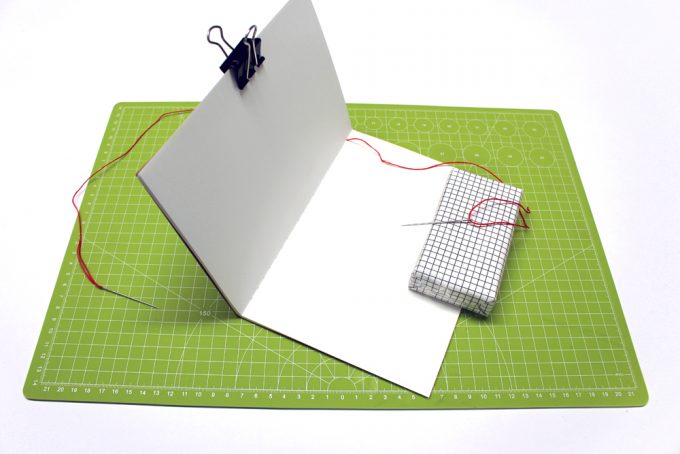
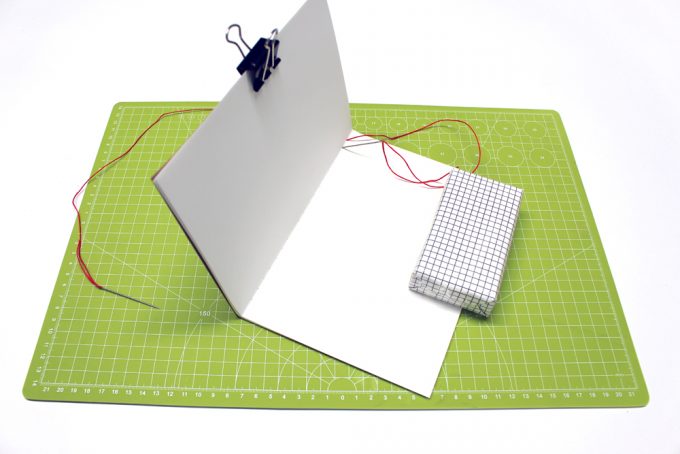
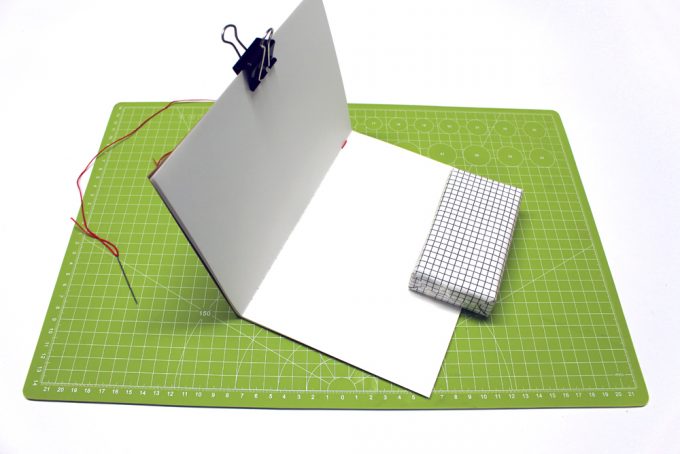
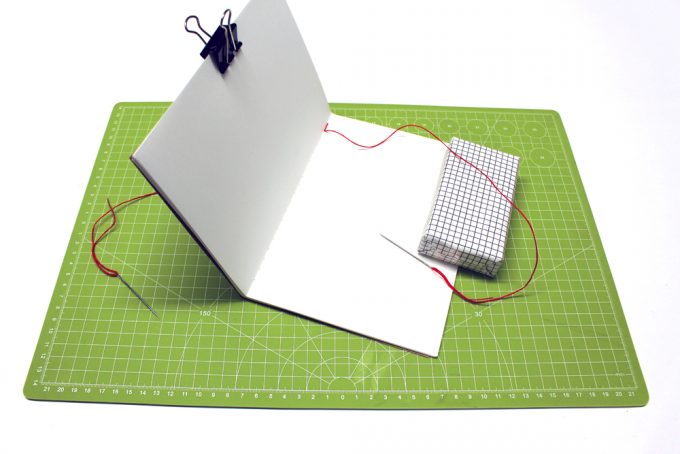
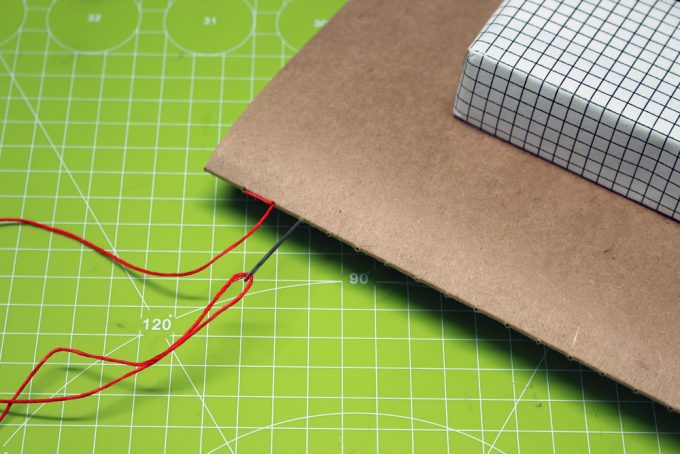
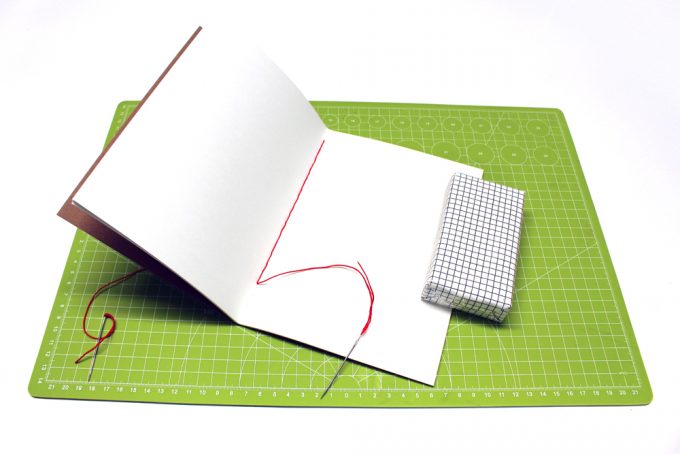
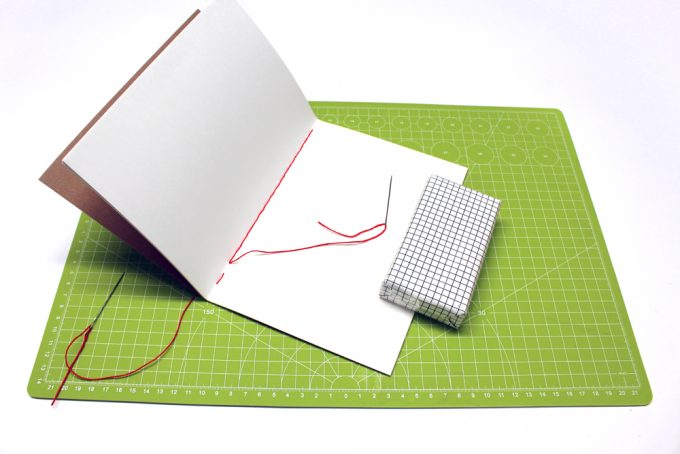
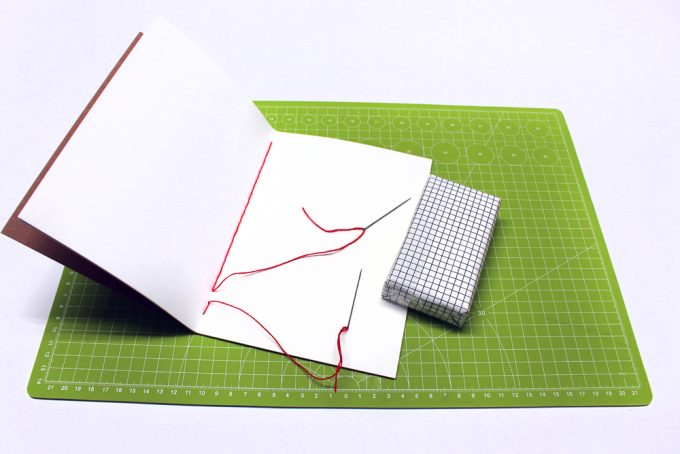
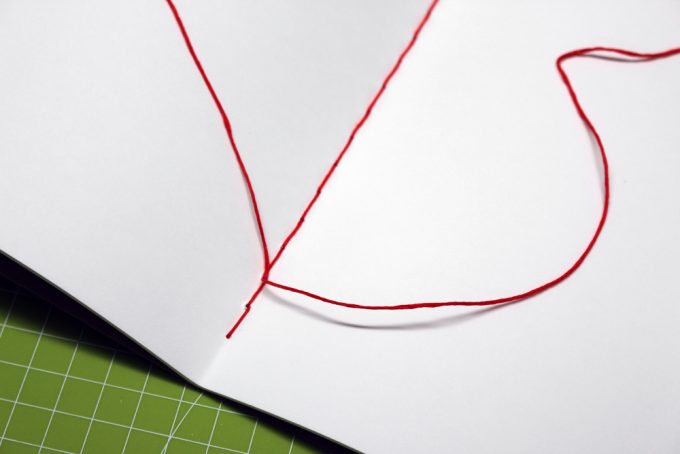
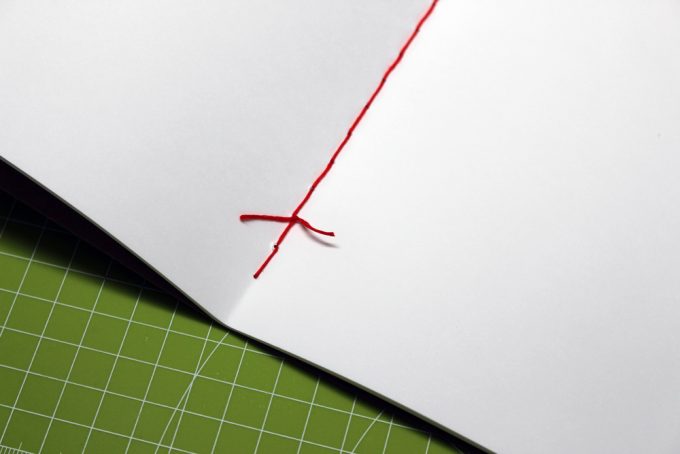
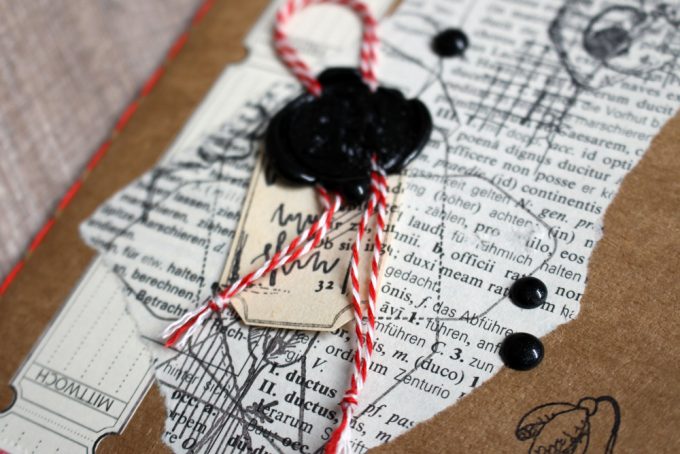
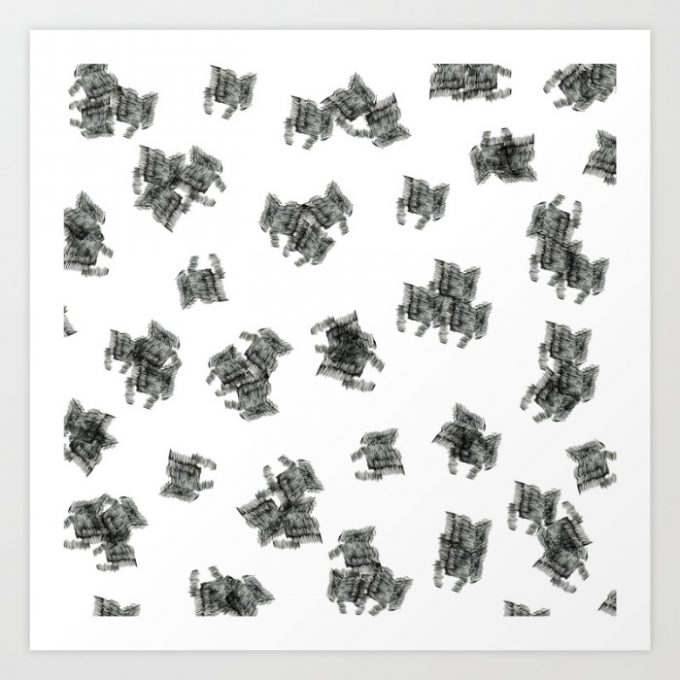
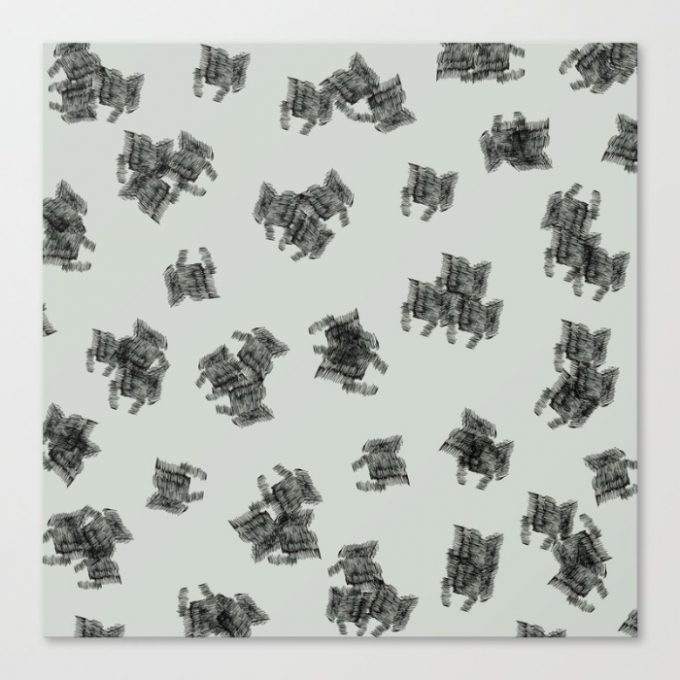
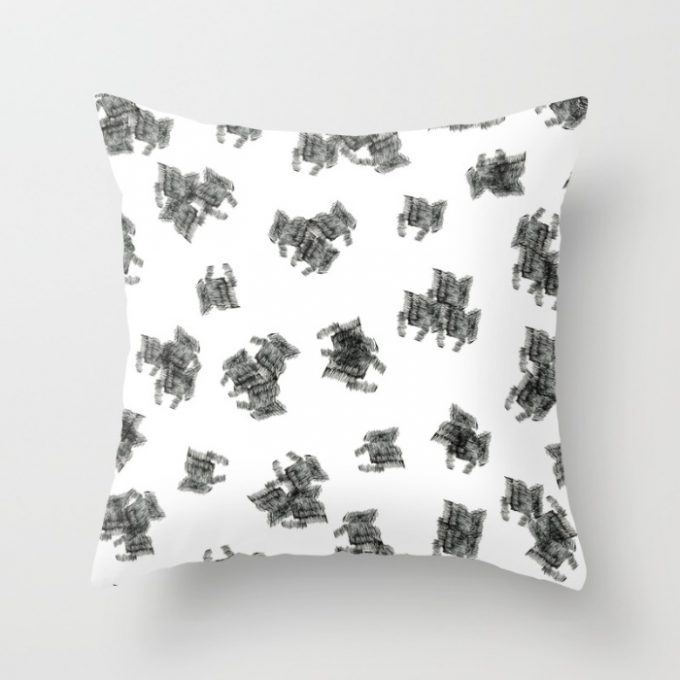 I’m loving the pattern with the white background. I can imagine it as a fabric for pillows or curtains. And I like the intense contrast. Besides I had the idea that it would be possible to individualize the fabric with colorful extra layers.
I’m loving the pattern with the white background. I can imagine it as a fabric for pillows or curtains. And I like the intense contrast. Besides I had the idea that it would be possible to individualize the fabric with colorful extra layers.